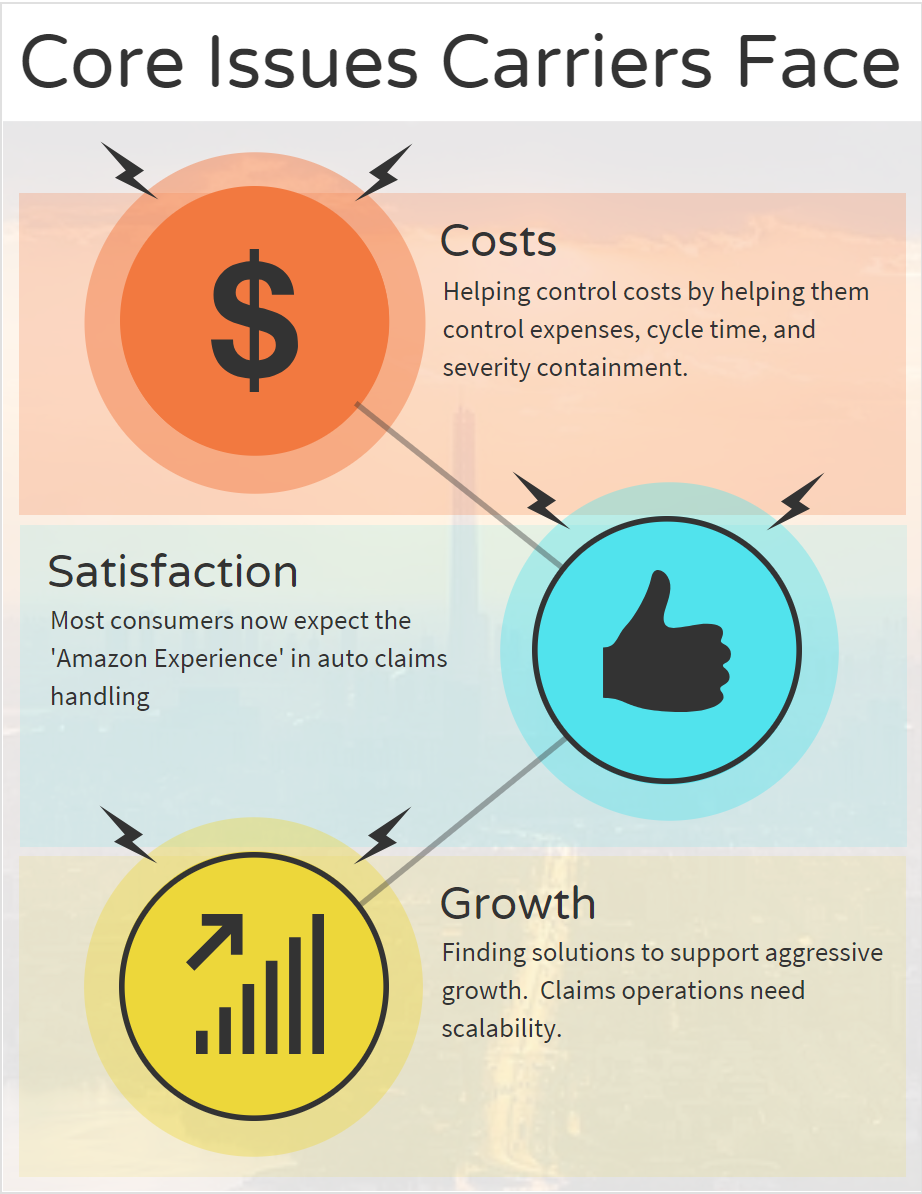For over 4 decades at SCA, a quip our founder still often says is:
“We are only as good as our last claim.”
The statement usually comes after a major (or minor) client complaint where the claims manager threatens to pull their account from SCA to give to another IA provider.
This witty, tongue in cheek statement has rung true for IA providers for decades, this article will help us understand why, and more importantly how we can start changing this dynamic.
The statement speaks to IA services being ‘commodity driven,’ overserved, and expendable. That on a whim, or a minor complaint, an account can be lost to a competitor. The brutal truth is, too often our clients experience very little differentiation between IA providers, and often IA providers are sharing many of the same field resources – so how can there be dramatic differentiation?
How to Be More Than a Commodity
Insurers see IA providers as a commodity, and any differentiating factors are perceived as thin, or insignificant. Therefore, price and relationship are too often a carrier’s purchasing criteria, and the consequence we see in the IA market is continued price compression and deeper commoditization – a compounding problem.
The answer to the problem is simple, be ‘value driven’ in your strategic planning and offerings. Simple enough, but here is the issue, I do not believe that the IA segment yet understands what it means to be value driven. Mainly because IA providers are too busy in the ‘rat race’ of trying keep clients from moving their business to another similar IA provider, where the issues will likely be ‘similar.’
The ‘commodity cycle’ is broken when we get obsessive about the client’s needs, what specific problems they are struggling to solve, and creating ‘valued solutions’ around those needs.
How to Bring Value
1. Cost – Managing the Claim Cycle to positively impact Expense and Indemnity.
- Find ways to control LAE, both ALAE and ULAE, through expense management and lean claim settlement processes.
- Focus on client specific Cycle Time objectives to not only improve expense management and indemnity, but to drive improved NPS/CSI.
- Total Cost of Repair (TCOR): Understanding the impact estimate accuracy has on the carrier’s ability to drive Expense and Customer Satisfaction.
2. Improving satisfaction – seeking the ‘Amazon experience’ in auto claims handling, this is what modern consumers now expect. Most carriers still work on outdated applications and processes.
3. Scalability – Finding solutions to support aggressive growth. Claims operations need scalability.

Ok, we all knew that! But right now it is truer than ever amid carriers responding to rising auto loss costs and dramatic increases in natural disaster frequency. Carriers are fighting harder than ever for profitability.
Think Differently
How can an IA provider or an ‘auto appraisal supplier’ meet these high level needs given our position in the supply chain? – By thinking differently and recognizing the core IA service offering needs to be completely rethought.
By looking at the auto claim (and appraisal) supply chain, understanding where the gaps and disconnects reside between suppliers, and looking to provide APD solutions to carriers that are seeking more comprehensive solutions to help them better solve their ‘core issues.’
Does your business model support strategies that drive value and are solution based?
You’re only as good as the value you bring to your clients